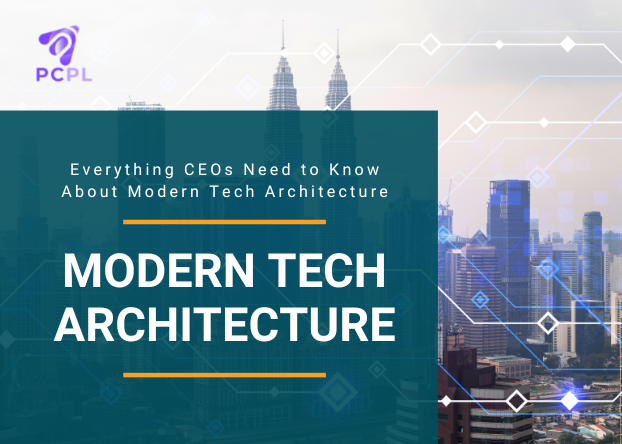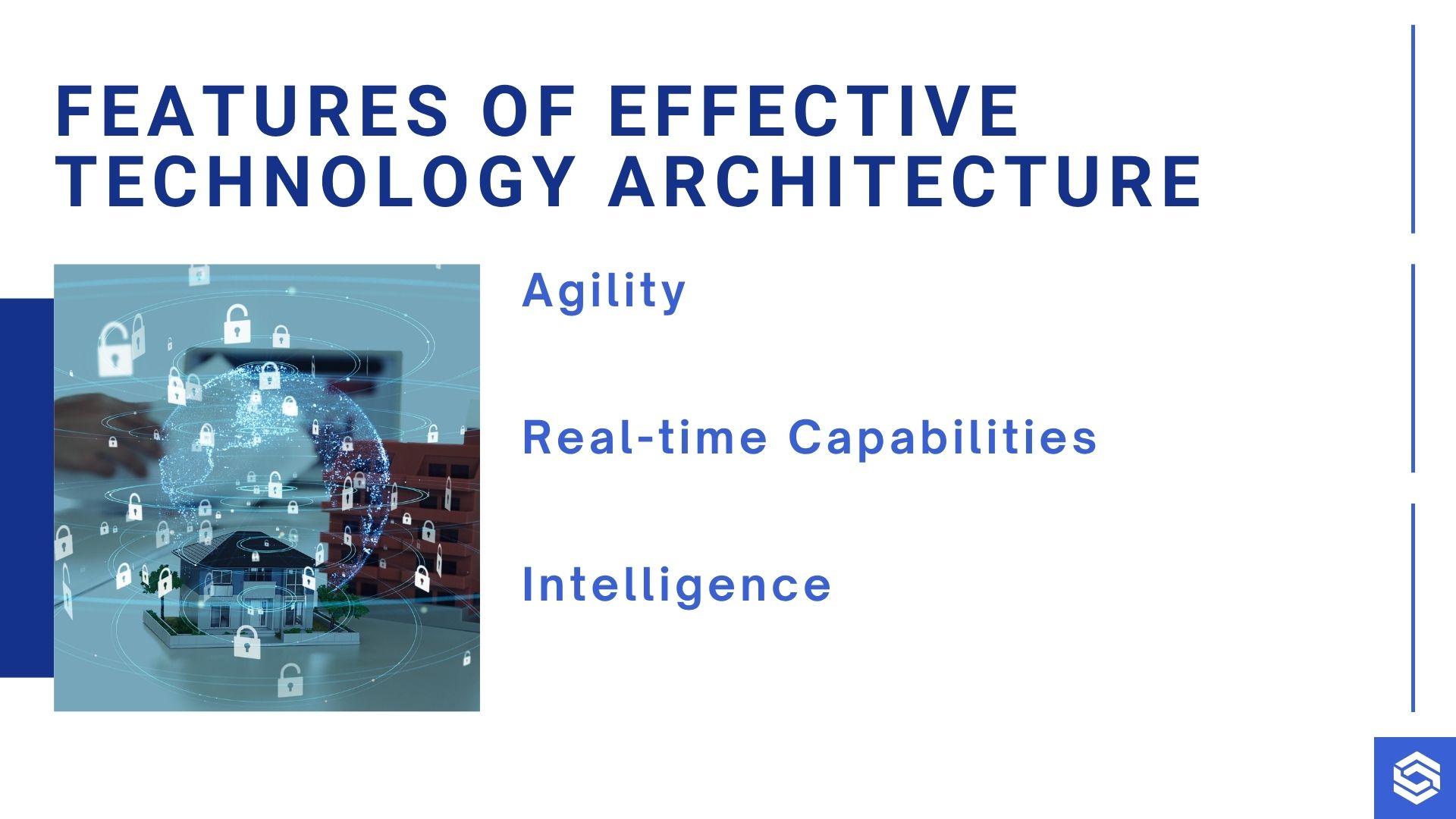
Everything CEOs Need to Know About Modern Tech Architecture
Organizations opting for contemporary architectural approaches characterized by agility, real-time capabilities, and intelligence consistently outperform their rivals. They achieve this by delivering superior customer experiences, streamlining operations, and creating stronger customer loyalty. Such companies possess the remarkable ability to rapidly scale, effectively leveraging technological advancements to secure positions as market leaders.
However, realizing these advantages necessitates the continuous evolution of enterprise architecture. This transformation is typically a gradual process, often spanning a decade or more as technologies transition from groundbreaking to widespread adoption. This pace might mislead some technology executives into thinking they have abundant time before tackling complex architectural shifts. While swift action doesn’t guarantee success, we’ve repeatedly observed that emerging industry leaders tend to adopt new technologies and architectural patterns early. This proactive approach grants them ample opportunity to accumulate experience and realize benefits significantly ahead of their competitors.
A well-known example of this is Amazon’s pioneering adoption of cloud-based service interfaces in the early 2000s. These interfaces made data and functionality accessible both within and outside the organization. These initial investments continue to yield substantial returns for the retail giant, which experienced a remarkable 25% annual sales growth between 2016 and 2022, starkly contrasting with the market’s average of 6%. Even today, only a small fraction (14%) of companies utilize comparable modern, service-oriented technologies.
Necessity of Effective Technology Architecture
Despite notable successes in using technology, a recent survey revealed that only about 13% of executives believe they are achieving the expected business value from their technology investments. A significant hurdle for many companies lies in their reliance on outdated legacy systems and, in some cases, a fundamental misunderstanding of what contemporary architecture entails.
Modern architecture is characterized by several important pillars which are listed below-

- Agility– This is promoted through modular, service-oriented designs that facilitate rapid adjustments and updates.
- Real-time Capabilities– Event-driven architectures ensure data is immediately available precisely when and where it’s needed.
- Intelligence– The integration of mature, structured artificial intelligence (AI) and machine learning (ML) capabilities enables highly personalized experiences for both customers and employees.
A robust modern architecture underpins digital capabilities across the entire organization, from enhancing customer interactions and intelligent engagement to optimizing core business and operational systems. This is supported by strong data, security, integration, and cloud architectures. Further, it’s important for scaling emerging technologies. For example, successfully deploying AI applications throughout an enterprise necessitates data accessibility in a format comprehensible to AI models. This data transformation demands modern data architecture and integration features, bridging data silos that might otherwise separate customer-facing and operational systems.
Consider the Commonwealth Bank of Australia (CBA), which developed an AI- and ML-powered customer engagement engine. This system allows their customer support teams to suggest and personalize the most effective conversations for each customer in real-time, regardless of whether they are in a branch, on the phone, online, or using a mobile device. Modern architecture enabled CBA to integrate data from diverse sources, including emergency services and weather alerts. This allowed algorithms to monitor situations in real-time, proving invaluable during the 2021 Perth brush fires when the bank provided personalized support to 80,000 clients for disaster recovery efforts. These initiatives resulted in a 6-point increase in their Net Promoter Score℠, a metric reflecting customer loyalty and willingness to recommend the bank.
While the advantages of modernization are undeniable, businesses don’t need to adopt advanced solutions universally. Instead, the focus should be on applying appropriate architectural patterns to the relevant business processes. For example, Amazon Prime recently shifted its approach for streaming media, moving away from a purely microservices-based architecture. Recognizing the added complexity of service-oriented architectures, the company opted for a “modular monolith” design, finding it offered most of the benefits at a significantly reduced cost.
Keys to Successful Architectural Transition
Companies that effectively transition to modern enterprise architectures typically succeed by focusing on a few critical aspects like

- Defining Business Value– They clearly articulate how architecture contributes to business value, whether through cost reduction, transformational initiatives, asset reuse, or risk mitigation.
- Strategic Modernization– They prioritize modernizing only the capabilities that truly matter, avoiding unnecessary over-engineering.
- Enabling Agility– They promote flexibility for innovation while normalizing less differentiated functionalities.
- Building Internal Capabilities– They develop and retain their architectural expertise internally, rather than relying solely on external outsourcing.
Enterprise technology architecture is often an unfamiliar concept for many business leaders, yet it’s a domain they can no longer afford to overlook. Business leaders, in collaboration with technology function heads, must critically assess whether their current architecture is suitable for future success.
Developing a modern architecture requires continuous experimentation and a sustained, long-term investment. However, without it and its support for real-time data integration, agile development, and new AI capabilities, companies risk losing their competitive edge in the dynamic markets of today’s time.
References
https://www.linkedin.com/pulse/what-ceo-2030-needs-know-andre-ripla-mba-pgdip-pgcert-cmgr-vdege/
https://medium.com/swlh/modern-technology-guide-for-startup-leaders-9b5e804bf319
